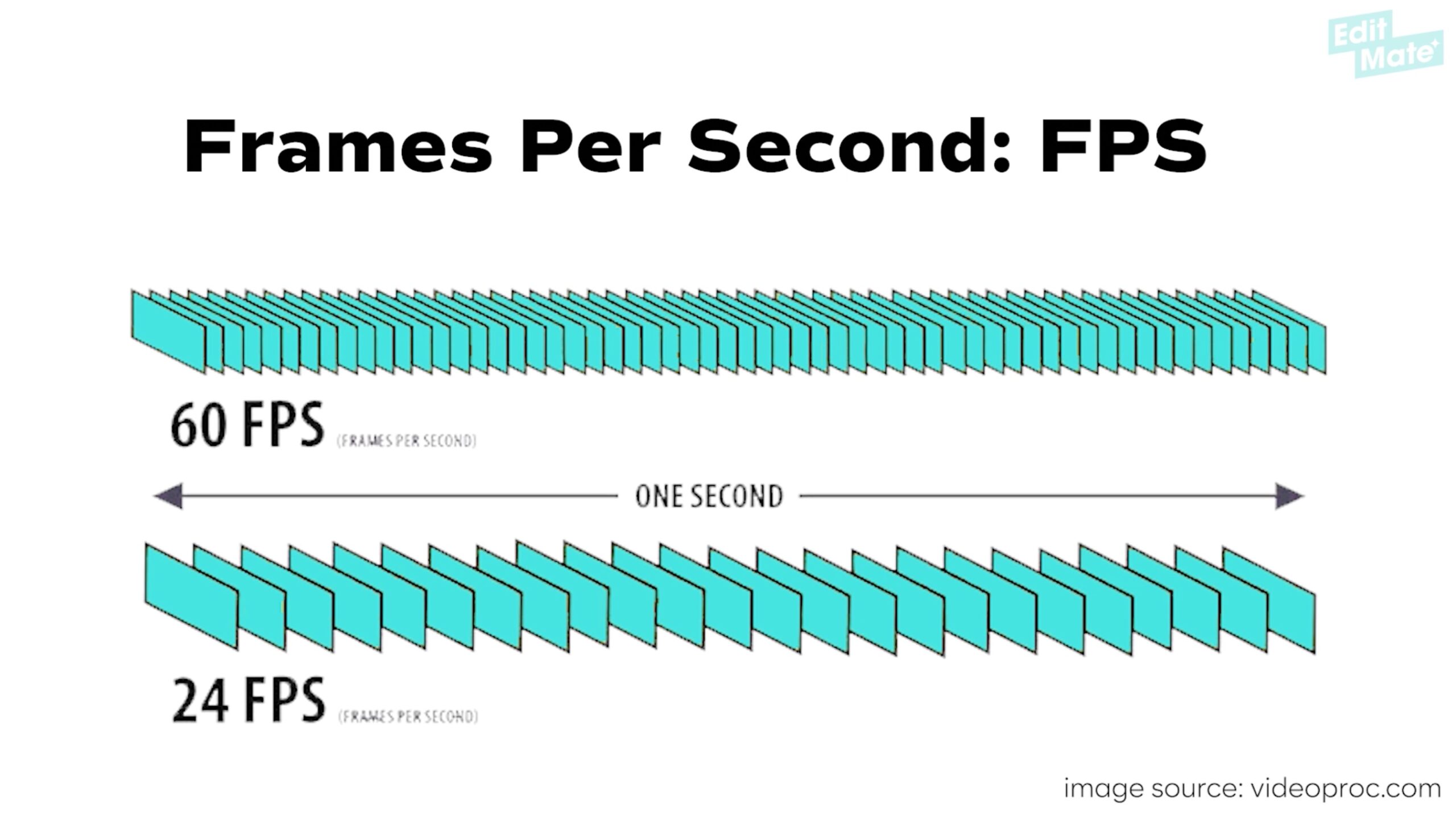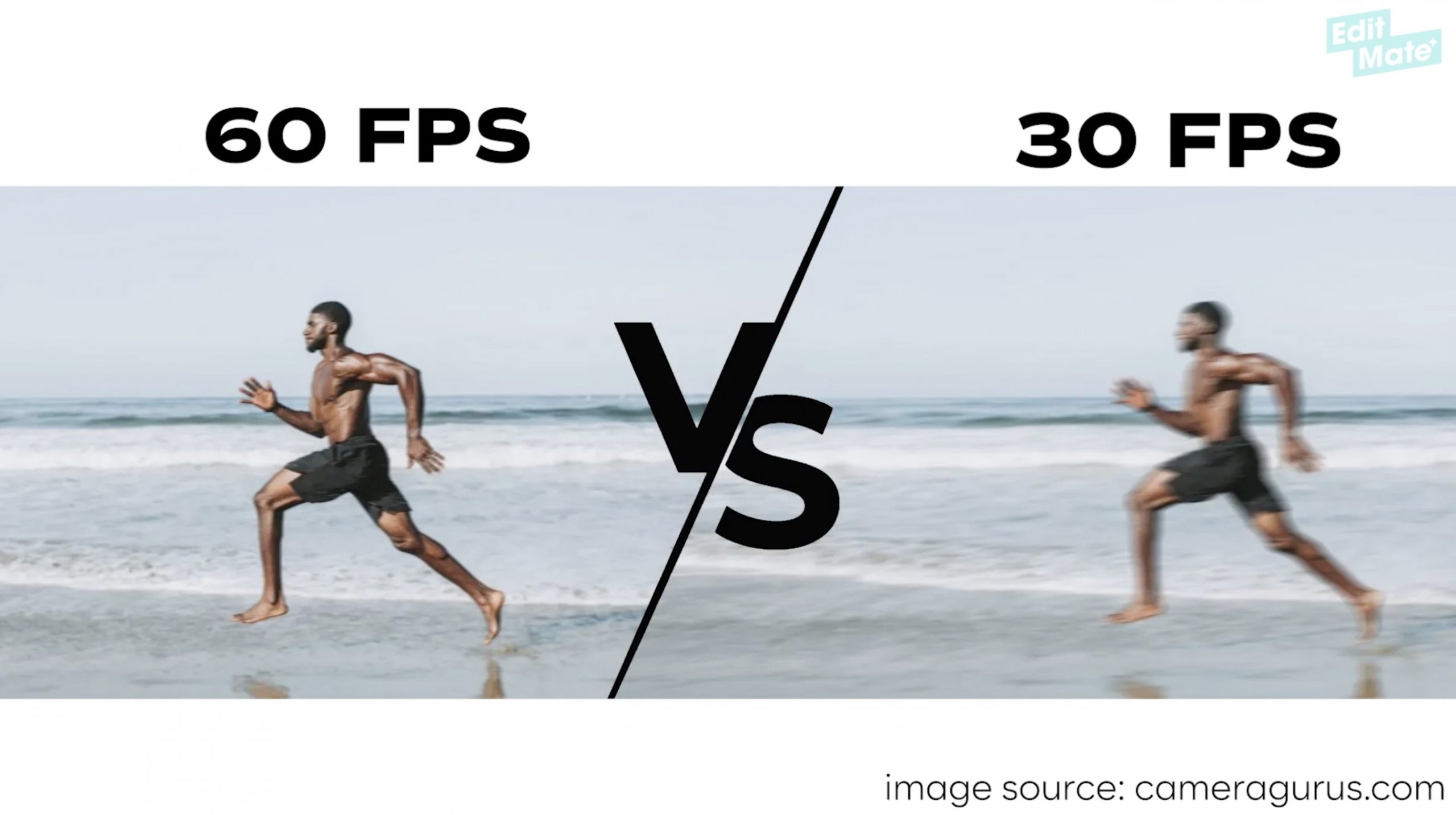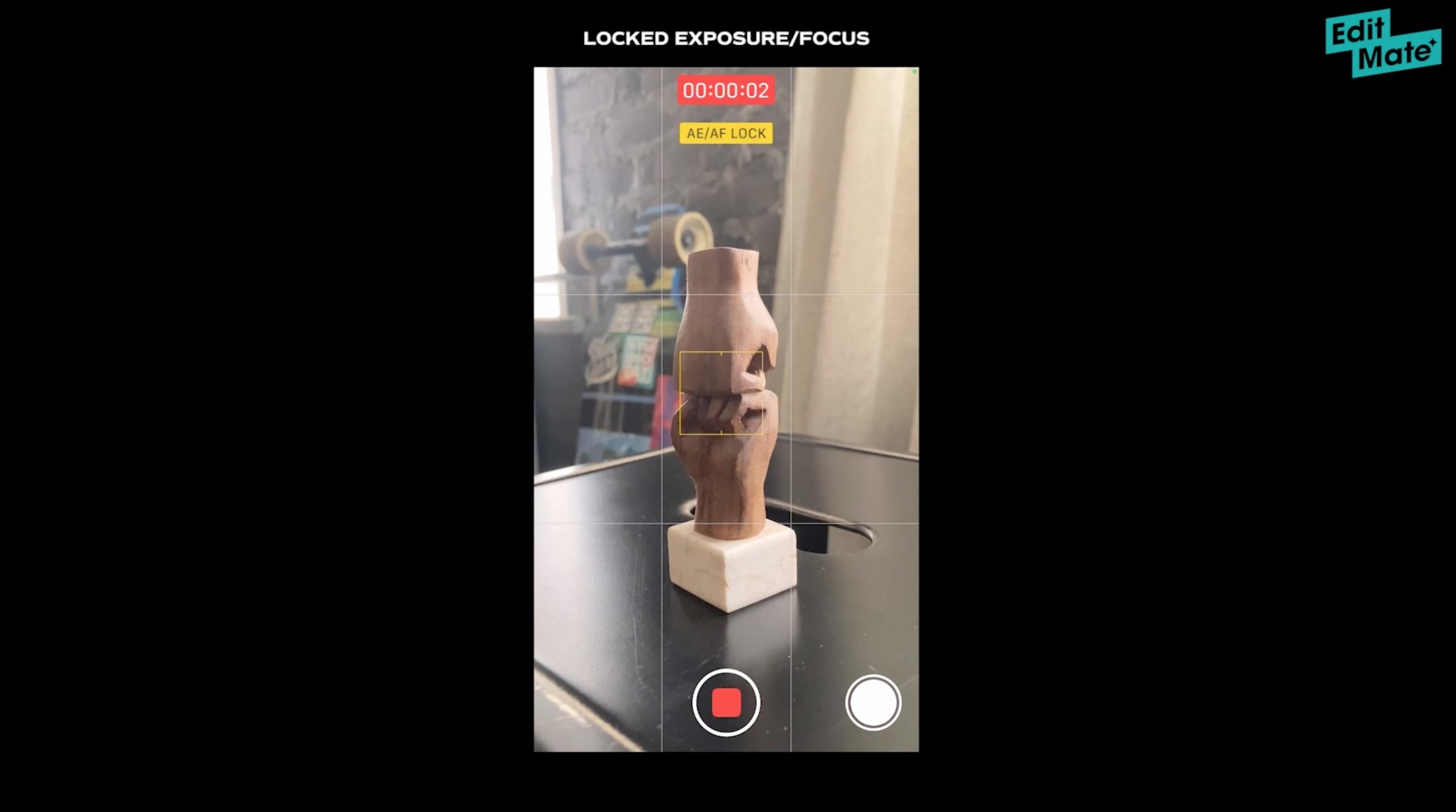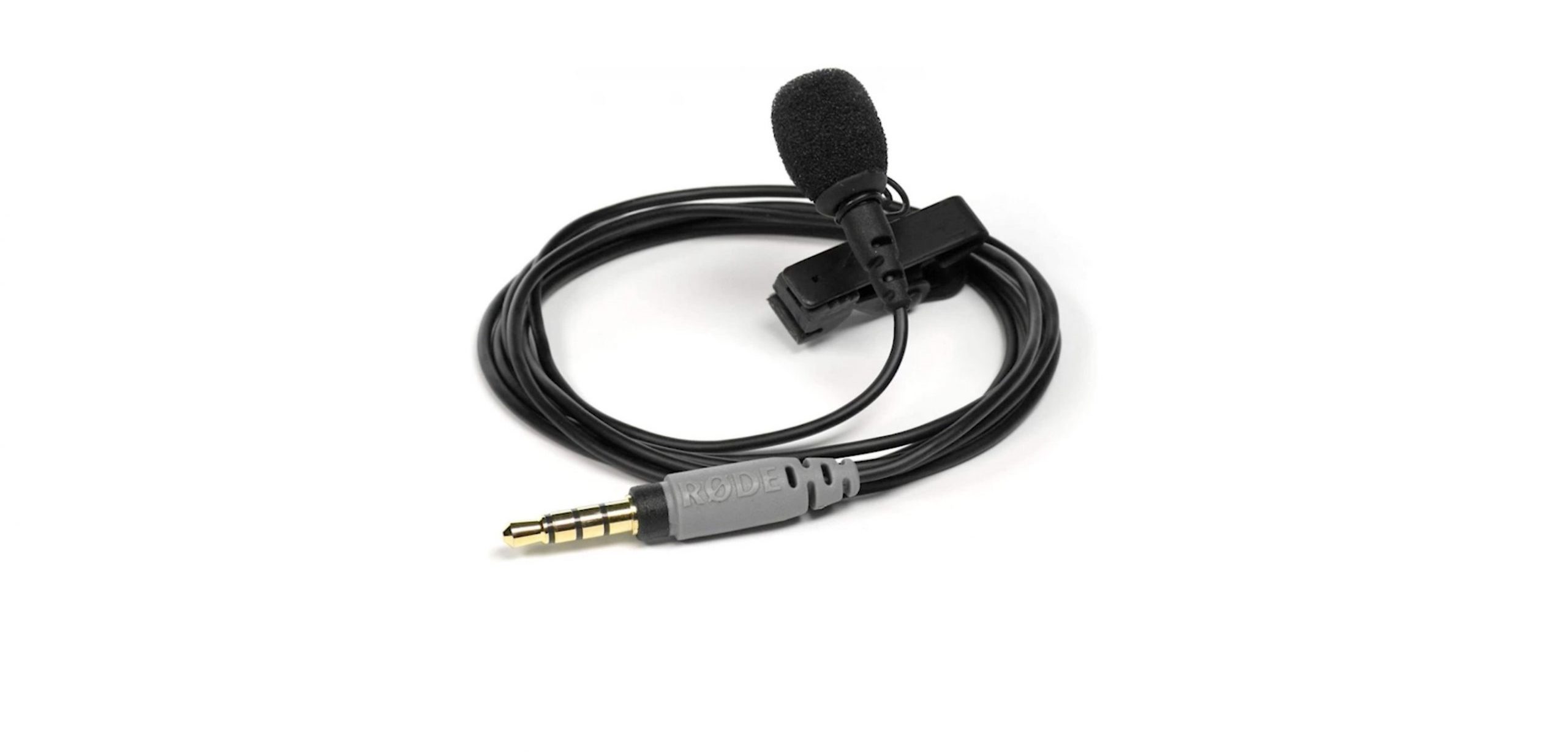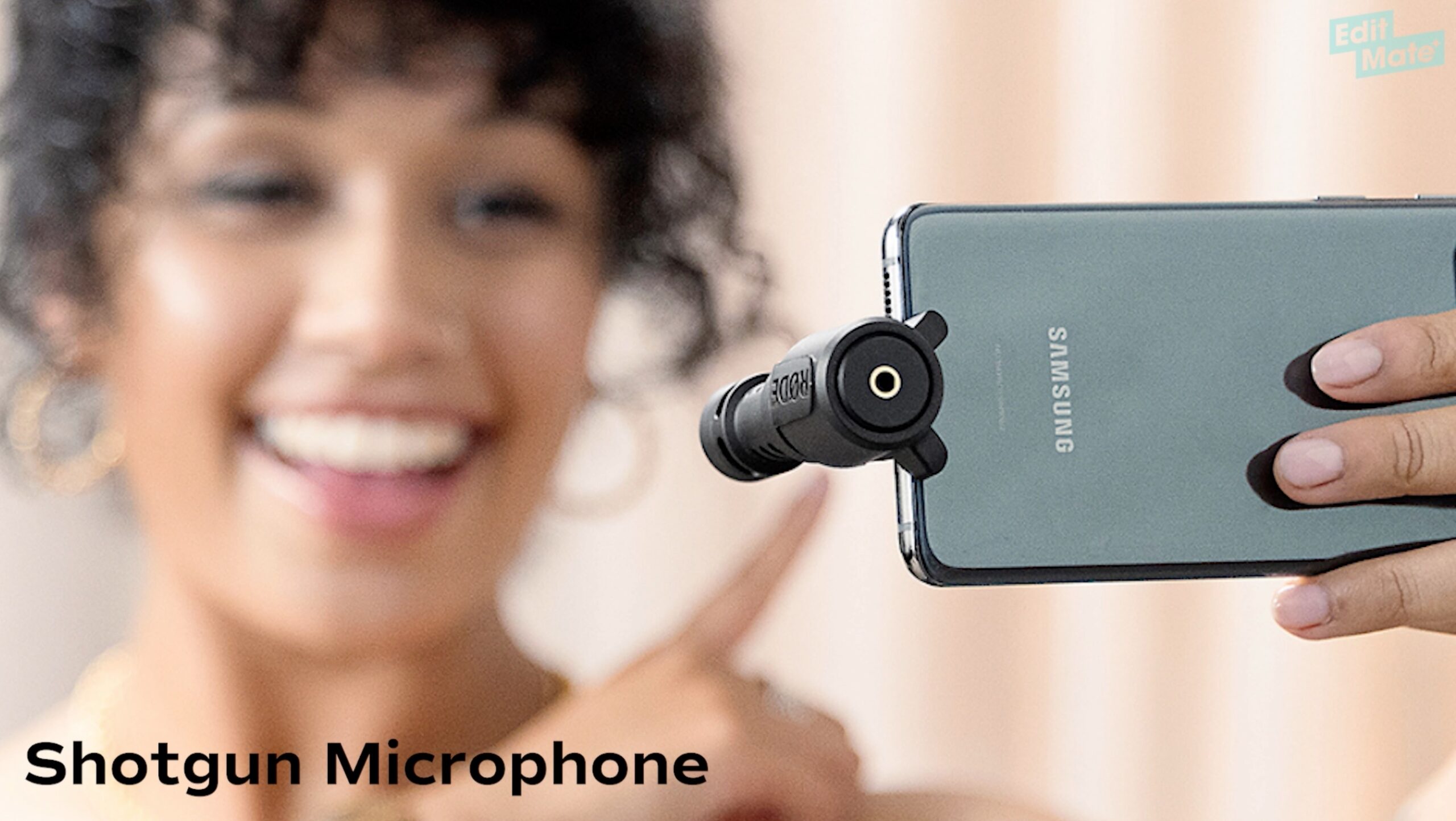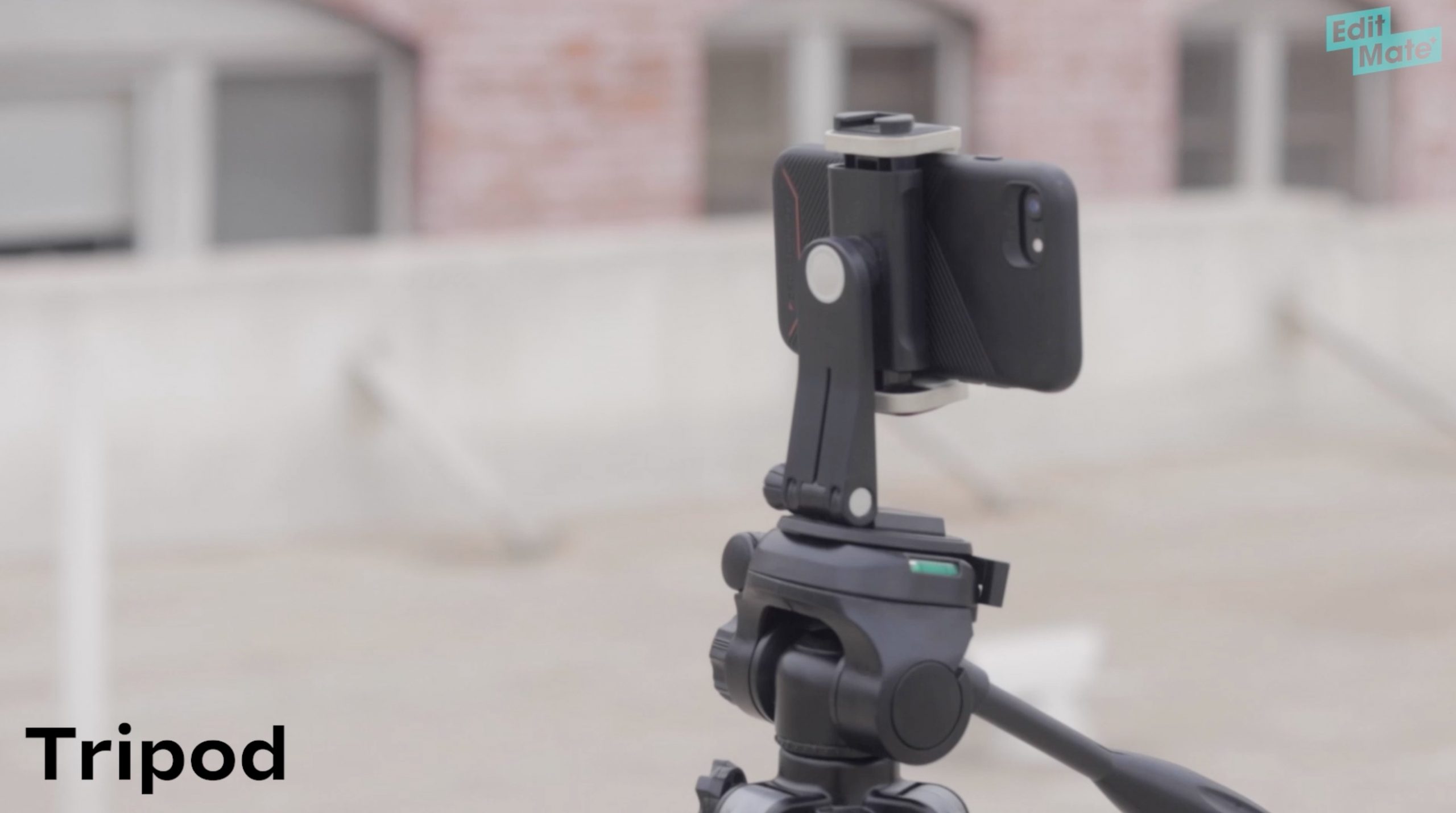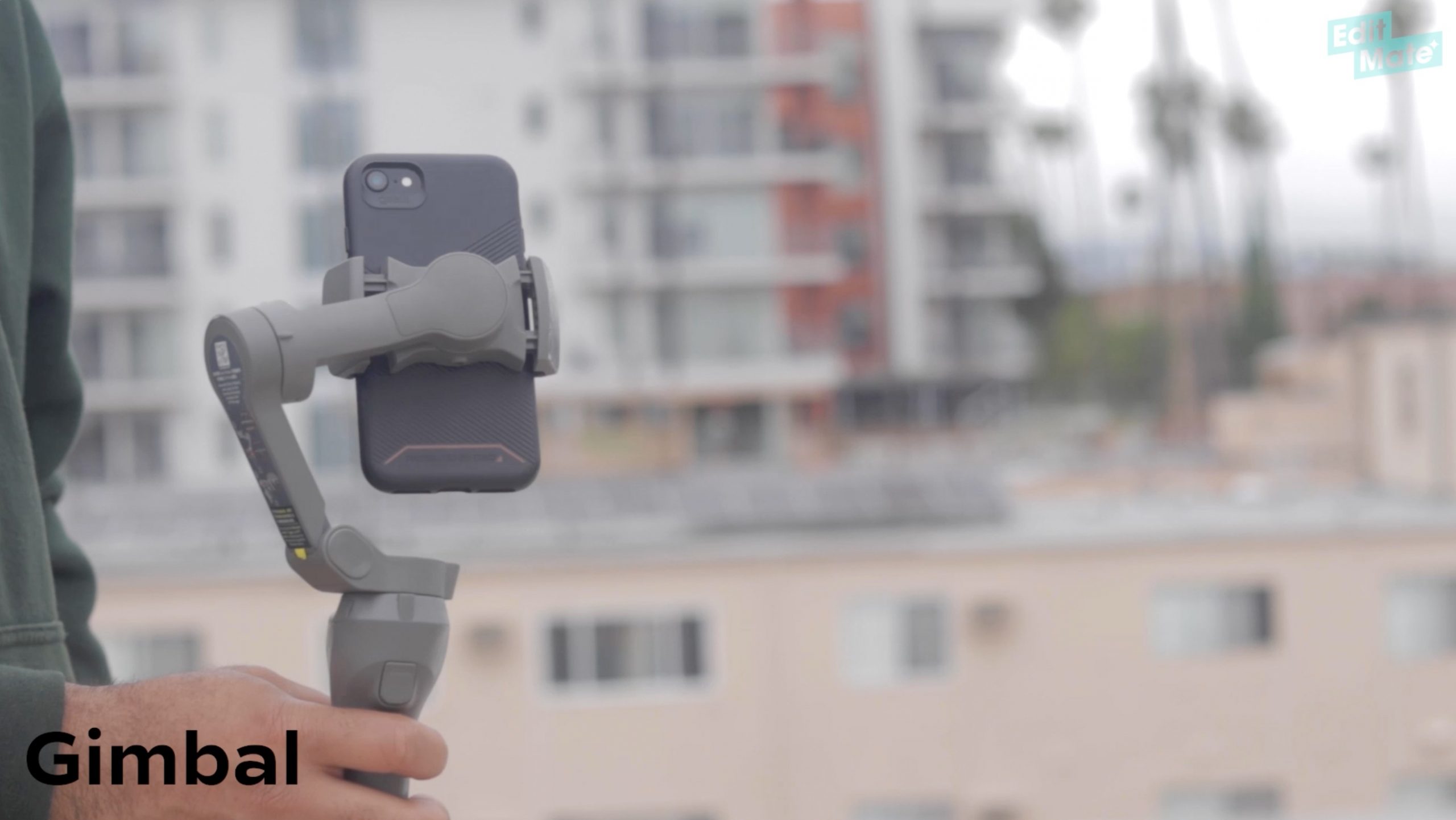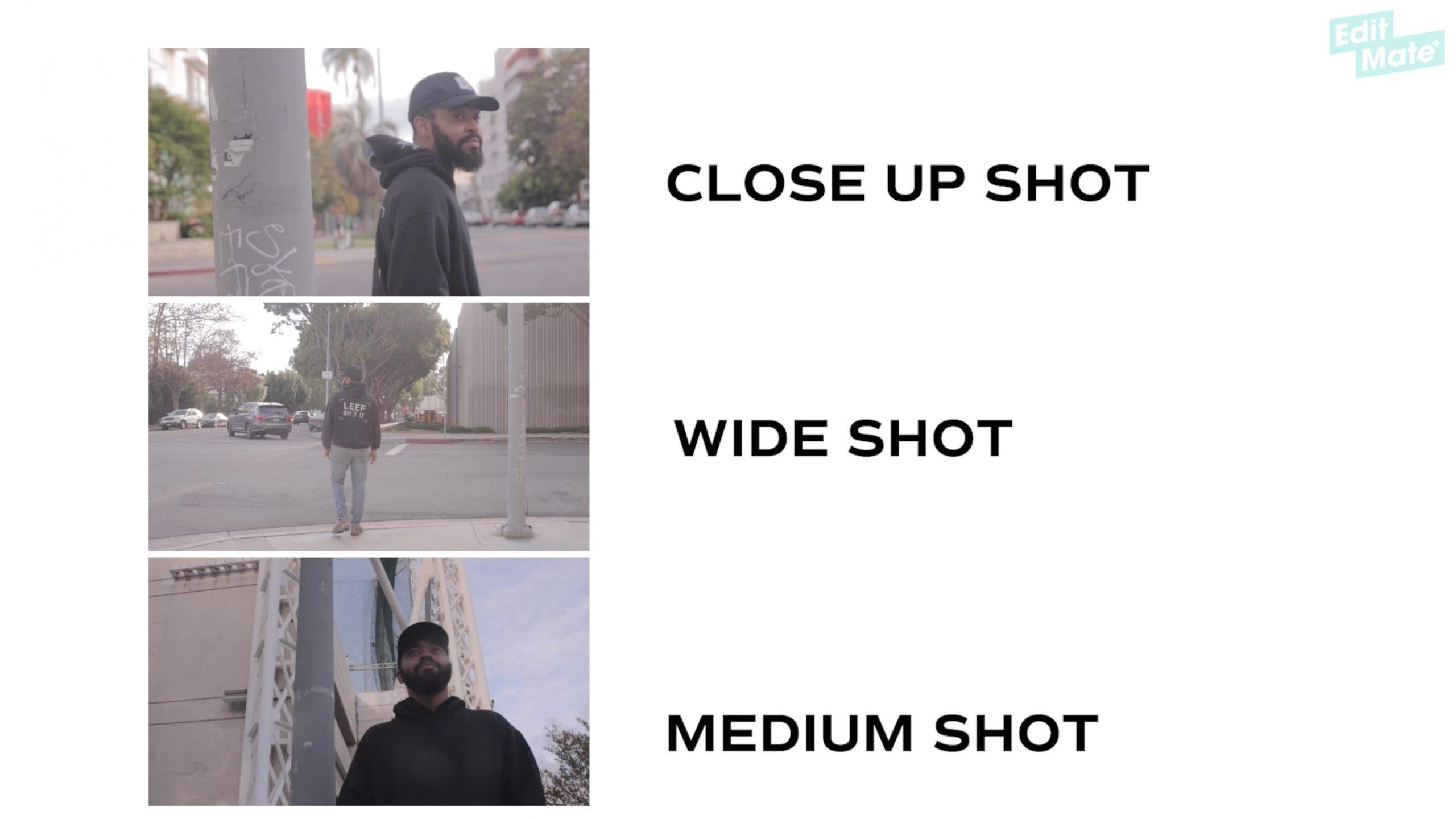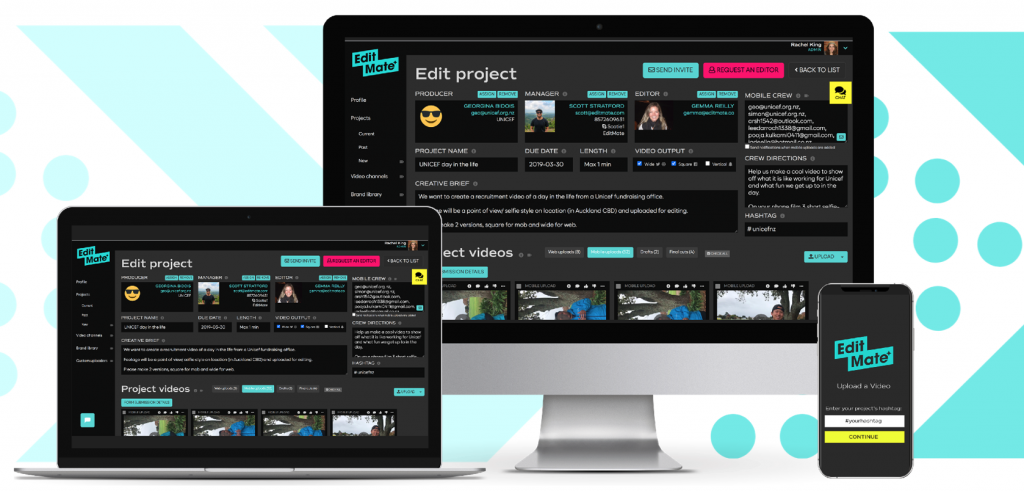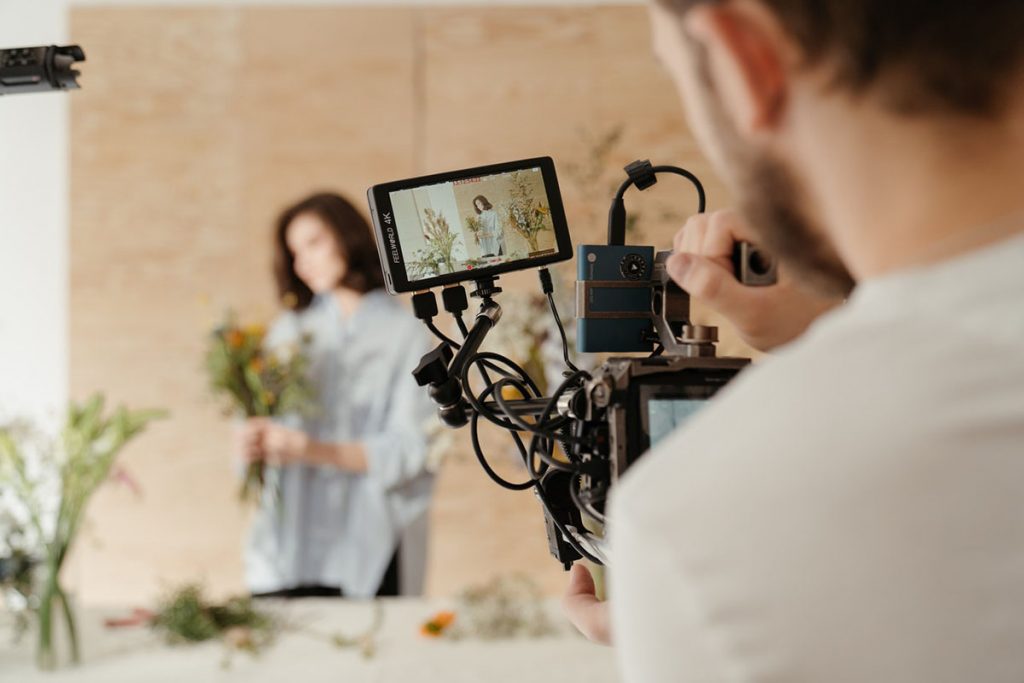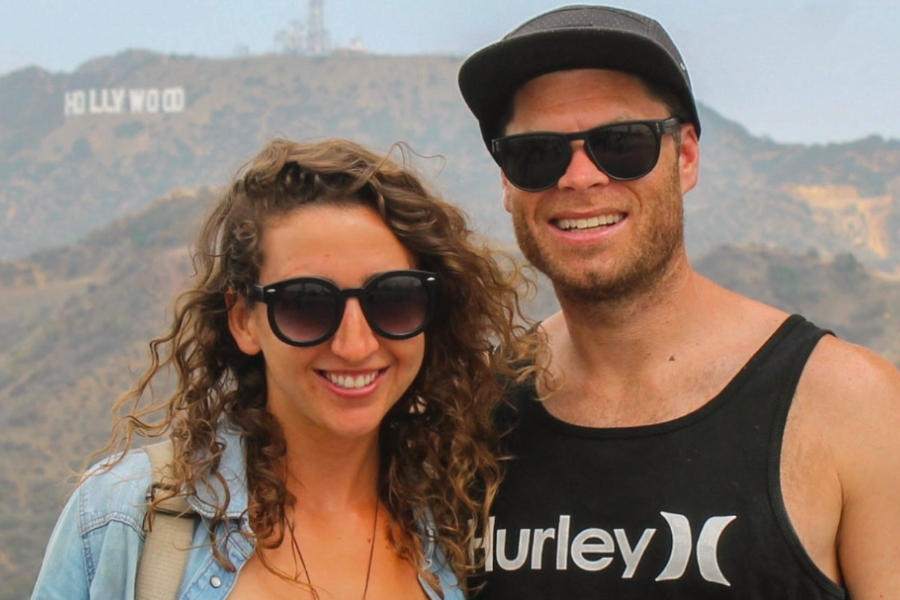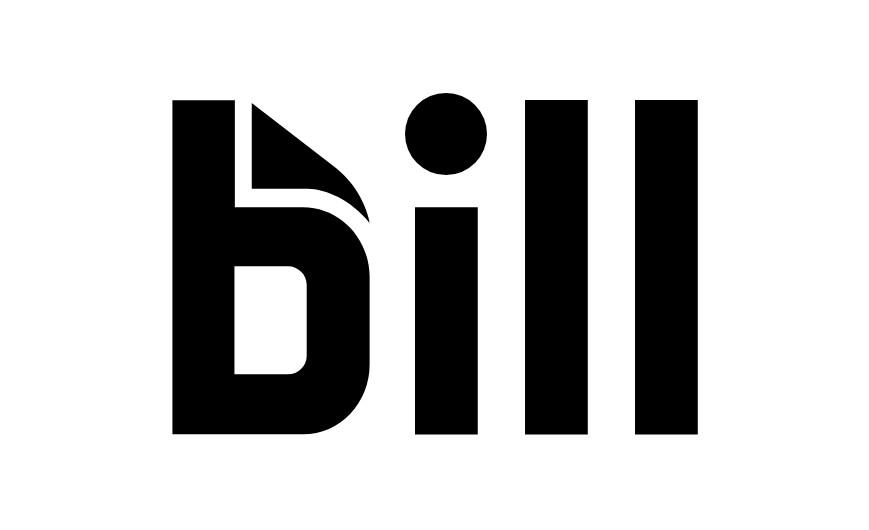If you’re planning to film a video on your phone, we’ve created this guide to provide you with everything you need to know to get started.
We understand that all of the camera settings and video jargon can get a bit confusing (frame rates? 4k? gimbals?) so consider this video with Film Director Leef Parks (and the quick breakdown below it!) your ultimate guide to phone video.
Camera Settings
Camera Quality
4K is Ultra High Definition (UHD).
1080P is simply High Definition (HD).
4K resolution is much larger with exactly 3840 x 2160 pixels, whilst 1080P is of 1920 x 1080 pixels.
Both will provide you with excellent-looking video footage and produce a fantastic visual on any screen.
If your phone storage allows it, we suggest you shoot in 4K but keep in mind that it will take up a lot of space on your phone so plan accordingly. And remember that 1080p will still look great, especially when sharing on social media.
Frame Rate
Did you know that a video is actually just a compilation of images? Well, the frame rate is the number of images per second that your video is capturing.
30 fps is best for footage that you capture with your phone that will be used in videos that will be played on a mobile device.
60 fps is best for footage that you plan to slow down (i.e. slow-mo).
Focus & Exposure Lock
In most situations, it’s best to lock in both your focus and exposure once you’ve set up your shot.
Audio
Modern phone cameras offer good audio recording, but if you’re looking to up your game, 2 easy & affordable mic attachments can help you:
Lavalier (LAV) Mic
A lav mic will attach to the shirt of your subject (the person you are filming, often in an interview setting) and ensure that you record only their voice loud and clear and with minimal environmental sound.
Shotgun Mic
A shotgun mic attaches directly to your phone (in the headphone jack) and will record whatever is in the direction it is pointing, including environmental or room noise.
Stabilizers
Take your video set-up to the next level by using some gear to stabilize your shot:
Tripod
Tripods are perfect if you’re staying in one place and want to set up a stable shot for something like an interview.
Gimbals
Avoid shakiness and capture smooth shots when you’re moving the phone camera by using a Gimbal. Gimbals are especially useful for filming dynamic b-roll.
Lighting
Having good light allows your phone camera to perform at its maximum capability. Whether you’re using natural sunlight or setting up lighting gear, make sure the light is hitting their face directly and you’re not lighting them from behind.
Lighting your subject’s face evenly from directly in front will ensure the most flattering shot, hence the existence of ring lights.
Storytelling
Make sure to “film for the edit”. A super simple way to plan your filming is to follow these 2 steps:
- Get your A-Shot (your main shot)
- Get Shot Variation: like close-up, wide & medium shots, to make your footage more visually appealing and interesting.
Learn more about shot variation in our Camera Angles video.
And be sure to watch Leef’s full video above to get his 4 extra bonus tips, too!



